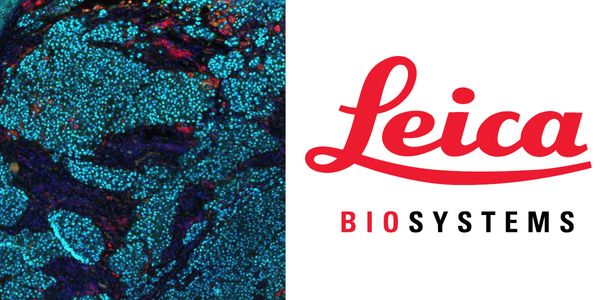Biomarkers Discovery
Biomarkers are molecules found in blood, body fluid, or tissue that denote a process or condition. Biomarkers are evaluated to see how the body is responding to a treatment or to access which treatment would be most optimal for a specific patient. Biomarker discovery describes the process of identifying new biomarkers to help promote health and well-being.
-
DEC 05, 2018 | 9:00 AMDATE: December 5, 2018TIME: 9:00AM PDTThe mouse is a critical, increasingly used model system in biomedical research and preclinical drug discovery. While technological advances en...NOV 29, 2018 | 9:00 AMDATE: November 29, 2018TIME: 9:00AM PDTAn overview of primary immune deficiency disorders (PID) and laboratory testing for PIDPrimary immune deficiencies (PIDs), oth...NOV 15, 2018 | 10:00 AMDATE: November 15, 2018TIME: 10:00am PT, 1:00pm ET Multiplex fluorescence immunohistochemistry offers a window into the biology of human disease, enabling the ana...Speaker: Traci DeGeer, BS, HT (ASCP) HTL, QIHC , Alexander KlimowiczSponsored By: Leica BiosystemsNOV 15, 2018 | 7:00 AMThe use of human pluripotent stem cells (hPSCs) for in vitro disease-modeling is limited by the lack of robust and efficient protocols for the differentiation of relevant adult cell types. Pr...With significant decrease in the cost of sequencing in numerous commercial as well as cancer center–driven initiatives, genomic profiling is increasingly becoming routine across multipl...Speaker: Bing Zhou, PhD
NOV 07, 2018 | 8:00 PM
DATE: November 7, 2018TIME: 8:00PM PSTExosomes have been shown to have significant roles in cancer including disease progression acting in the tumor micro-environment, metasta...
NOV 07, 2018 | 7:00 AM
DATE: November 7, 2018TIME: 7:00AM PDTExosomes have been shown to have significant roles in cancer including disease progression acting in the tumor micro-environment, metastasis a...
Solid phase microextraction (SPME) is a versatile, non-exhaustive sample preparation tool that has been demonstrated to be well-suited for facile and effective analysis of a broad range of co...
Speaker:
Barbara Bojko, PhD
, Janusz Pawliszyn, PhD, FCIC, FRSC
Presented at: Analytical Chemistry Virtual Event Series 2018
In the postgenomic era, one expects the suite of chemical players in a brain region to be known and their functions uncovered. Perhaps surprisingly, many neurochemicals remain poorly characte...
Recent work has identified epigenomic features of distal regulatory elements to be dynamic and defining indicators of cellular specification and transformation. Of particular relevance is our...
Speaker:
Martin Hirst, PhD
Two projects looking at novel approaches to targeting inflammatory breast cancer will be presented. Inflammatory breast cancer (IBC) is a unique, understudied, and most lethal subtype account...
Speaker:
Kevin Williams, PhD
The oncogenic transcription factor c-MYC (MYC) is deregulated, and often overexpressed, in more than 50% of cancers. MYC deregulation is associated with poor prognosis and aggressive disease,...
Speaker:
Jason De Melo, PhD
In the past two decades a small number of infrequently dividing cells have been proposed as the source of multi-drug resistance during cancer treatment. These cells identified by their expres...
Speaker:
Krastan Blagoev, PhD
PacBio Sequencing simultaneously provides long sequence reads, high consensus accuracy, minimal sequence bias, and methylation detection. I will highlight new advances and updates on applying...
Speaker:
Jonas Korlach, PhD
























